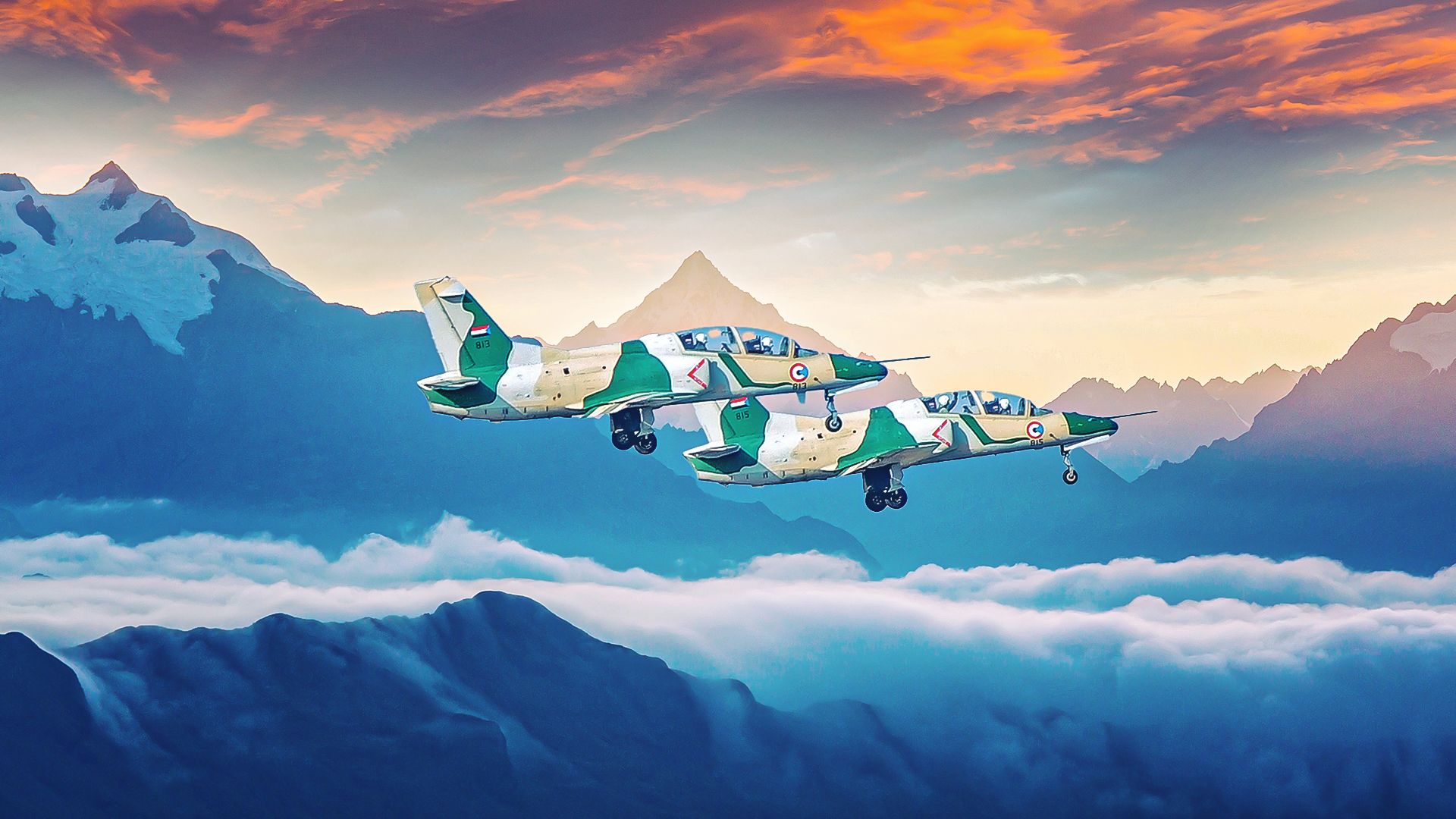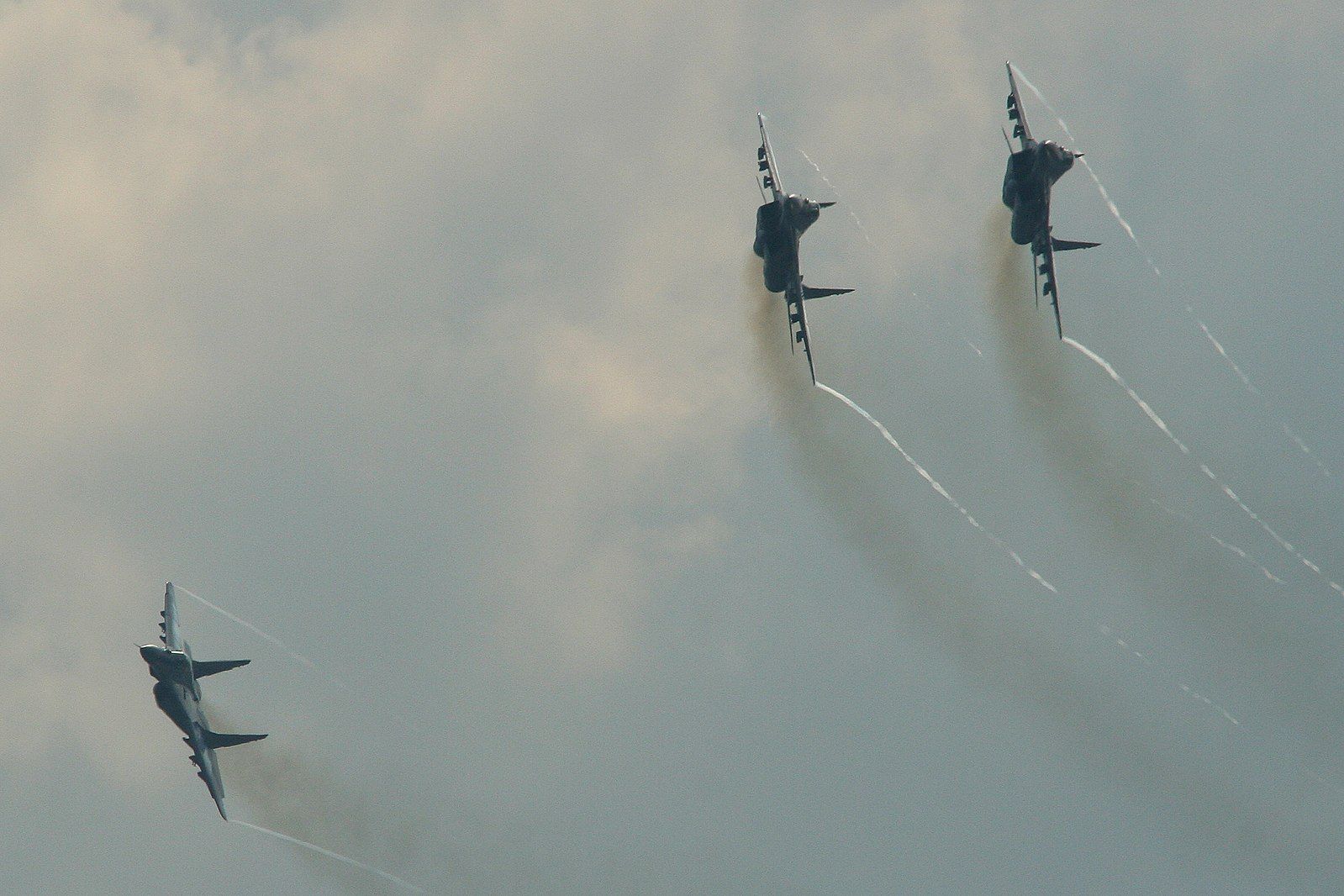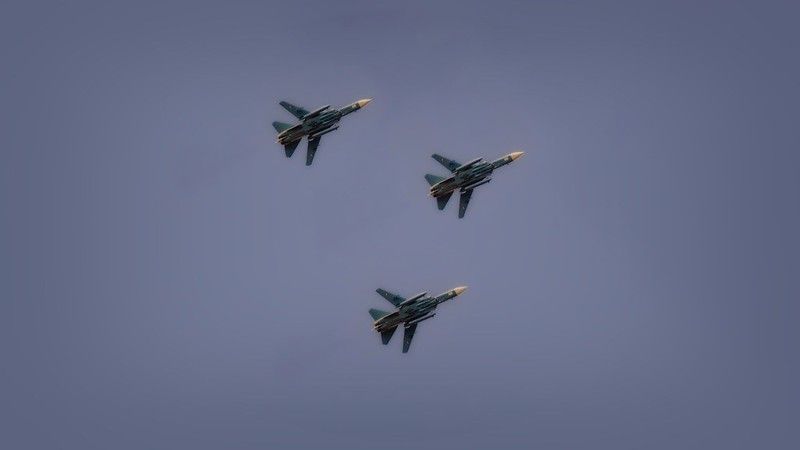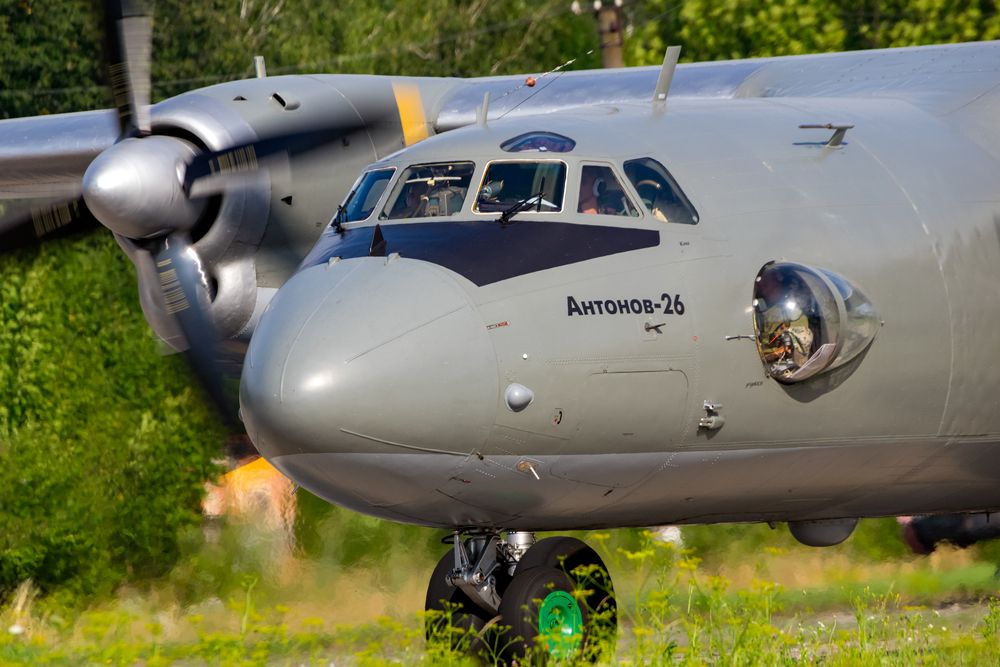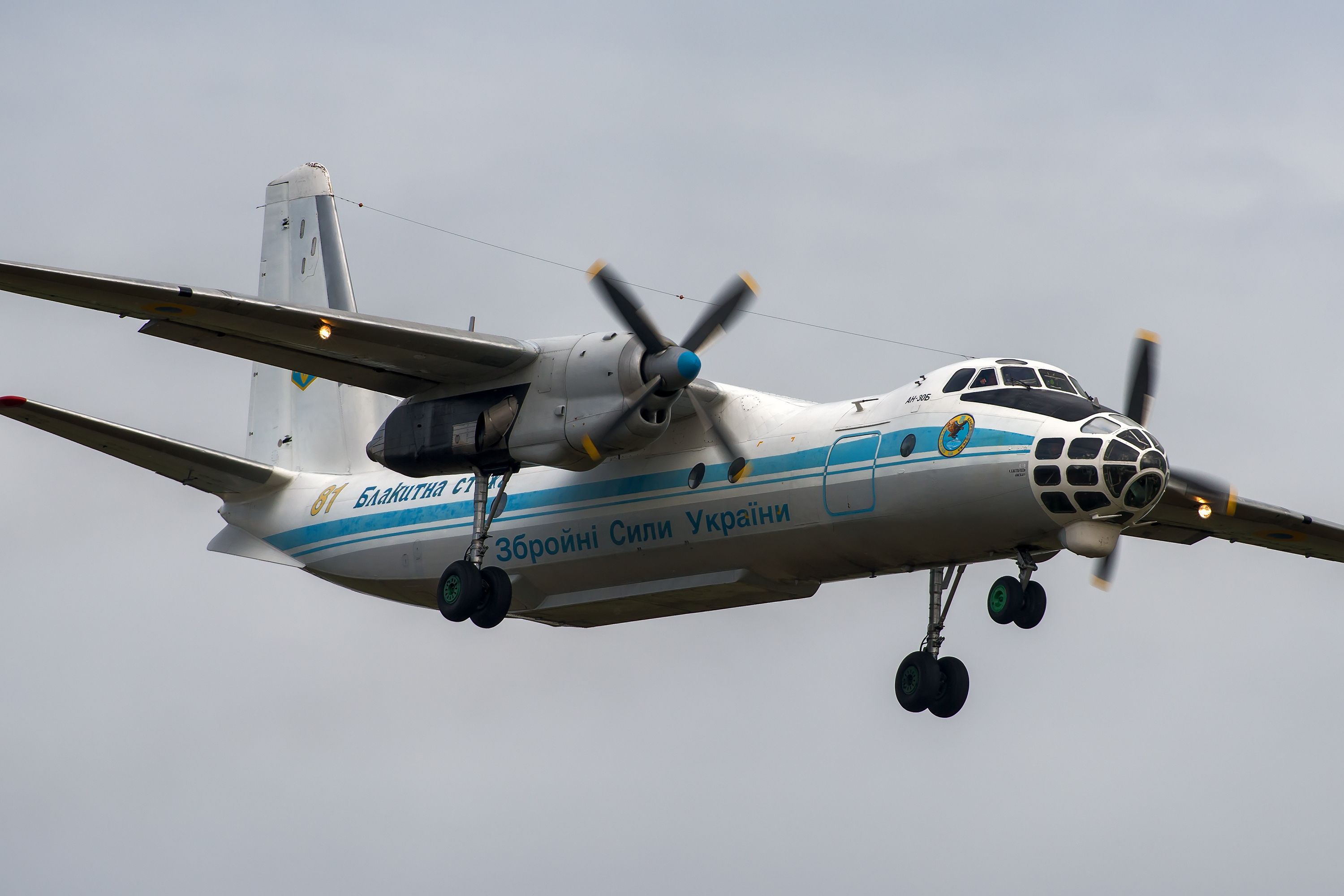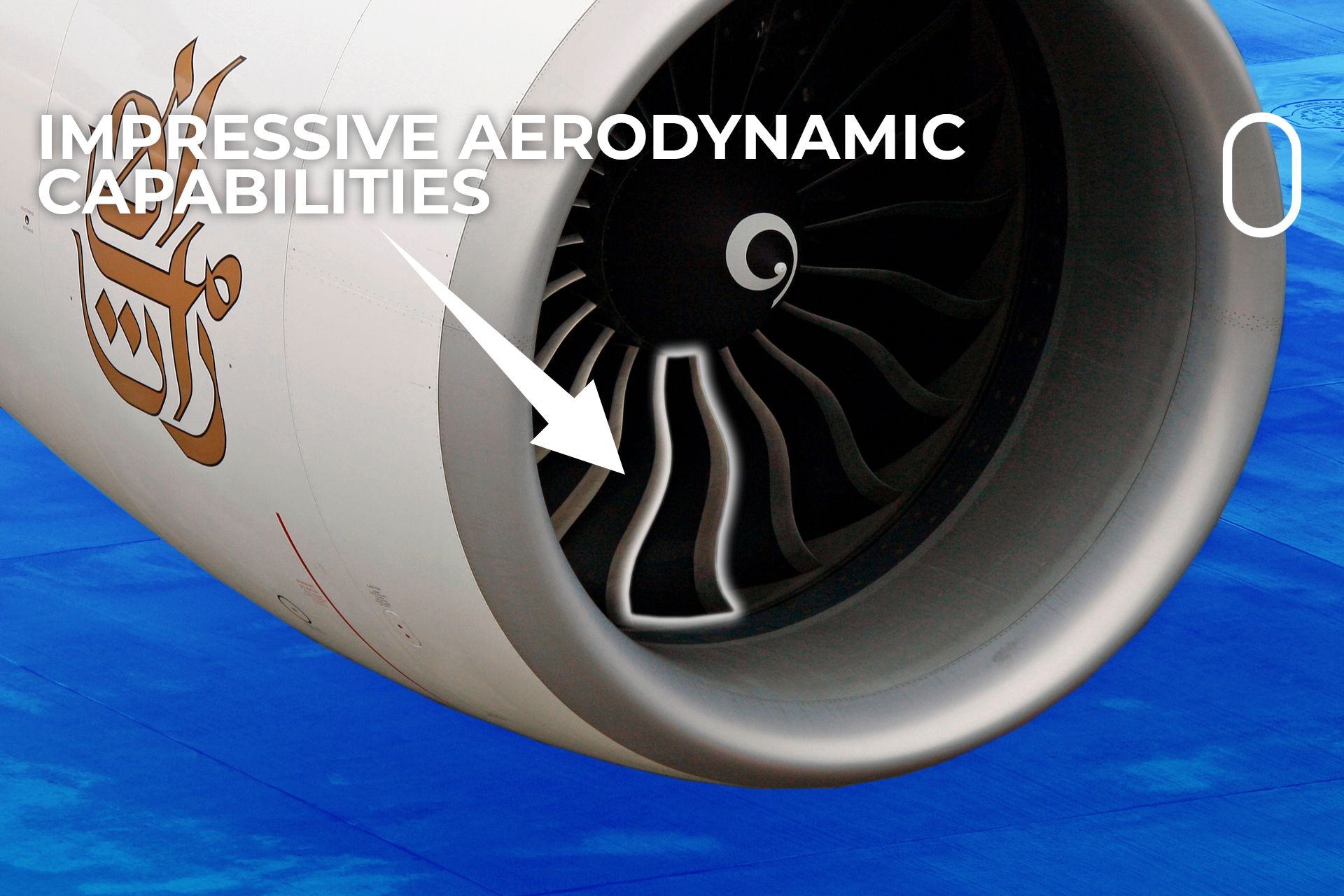Summary
- Sudan Civil War involved two main factions: Sudanese Armed Forces and Rapid Support Forces.
- Sudanese Air Force operates mostly Soviet/Russian and Chinese fighters with potential modern drone warfare.
- Sudanese Air Force is utilizing Antonov transports as crude bombers against Rapid Support Forces.
While wars in the Middle and Ukraine get a lot of media coverage, much less is often reported about other wars raging – such as the ongoing Myanmar Civil War and the Sudanese Civil War. In fact, it can sometimes be difficult to find reliable information about what is going on in those wars.
As with many civil wars, the Sudan Civil War is complicated with many different factions, but the two main belligerents are the Sudanese Armed Forces (which control the air force) and the paramilitary Rapid Support Forces (RSF). Since the final repatriation flights from Sudan, little more about the conflict tends to reach the news.
Brief Background of Sudan Civil War
The Rapid Support Forces were built to crush a revolt in Sudan’s separatist Darfur region and provide a counter balance to the country’s official military. The former dictator, Al-Bashir, was afraid of a coup and sought to create an alternative military organization.
Eventually, Al-Bashir was deposed in 2018, and the two Sudanese militaries tolerated each other for five years. However, tensions between the rival groups simmered until 2023, when a full-scale civil war broke out. As of July 2024, the main cities of Khartoum and Omdurman remain divided between the warring factions.
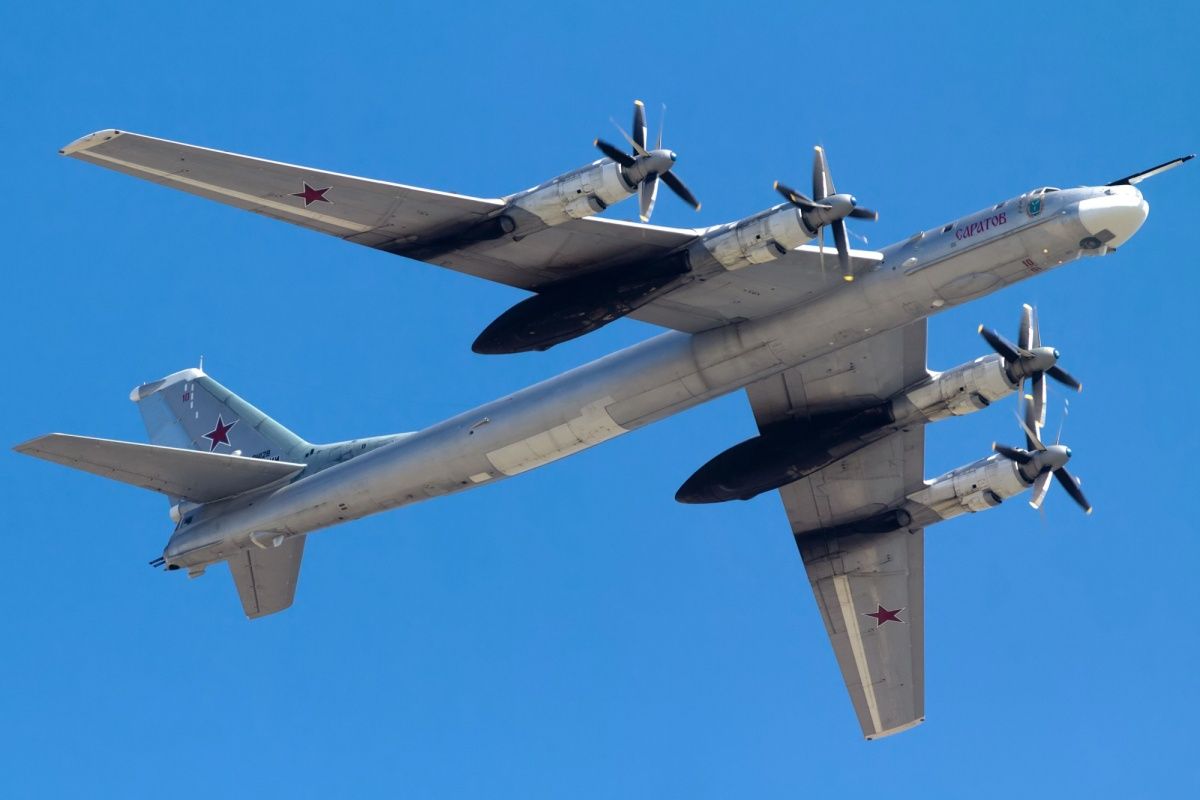
Related
How Many Strategic Bombers Has Russia Lost In Ukraine?
A handful of Russian strategic bombers have been confirmed damaged or destroyed in the Ukraine war together with the first shootdown.
The Sudanese Air Force
The Sudanese Air Force’s current state is unclear. However, it continues to operate at least at some level. In April 2024, it was reported that Algeria could donate surplus retiring MiG-29s to Sudan (it is unclear how many or if the transfer happened).
Sudan operates a fleet of mostly aging Soviet/Russian and Chinese fighters. These include MiG-29s, MiG-21s, MIG-23s, Nanchang Q-5, Shenyang J-6, Chengdu J-7, Sukhoi Su-24, and Sukhoi Su-25. While these jets would be woefully inadequate against a modern air force, Sudan is a poor country and does not face any modern adversaries.
|
Sudan’s fighters: |
Country of origin |
Role |
|---|---|---|
|
MiG-29 |
USSR |
Multirole fighter |
|
MiG-23 |
USSR |
fighter bomber |
|
MiG-21 |
USSR |
fighter/interceptor |
|
Nanchang Q-5 |
China |
Ground attack |
|
Shenyang J-6 |
China |
fighter |
|
Chengdu J-7 |
China |
fighter/interceptor |
|
Sukhoi Su-24 |
USSR |
tactical bomber/interceptor |
|
Sukhoi Su-25 |
USSR |
ground attack |
Sudan acquired MiG-29s in the early 2000s and is one of only five African countries to operate MiG-29s (the others include Egypt, Libya, Algeria, and Eritrea).
In a move somewhat reminiscent of neighboring Ethiopia’s civil war (2020-2022), fighting in the air could be giving way to drones. According to a June 2024 BBC article, there is evidence of Iran and perhaps the UAE supplying drones to the warring sides.
Known Sudanese Air Force Loses
In the early days of the war, a number of Sudanese Air Force military aircraft were seen destroyed, but the air force was still able to take an active role in fighting the RSF. After a year of war, in April 2024, ACLED stated, “...the SAF found itself relying primarily on air warfare...”
The Oryx blog initially compiled visually confirmed losses, but it has not been updated since the second half of 2023. Using the blog for the first stage of the war, 10 jets (1x MiG-29, 1x unknown jet, 4x Su-25, and 4x FTC trainers/light fighters) were destroyed.
Photo: Volodymyr Vorobiov l Shutterstock
Two presidential aircraft were destroyed, as were a significant number of the country’s transport fleet (4x An-12s, 1x An-26, 3x An-26/30/32, 1x An-72/74). Eight attack helicopters were also damaged or destroyed. Since the end of the Oryx blog, more aircraft have been lost in Sudan, including a rare Sudanese C-130 Hercules destroyed by a kamikaze drone in March 2024.
The Egyptians also had some fighter jets stationed in Sudan at the time of the outbreak, and a few were destroyed in fighting on the ground.
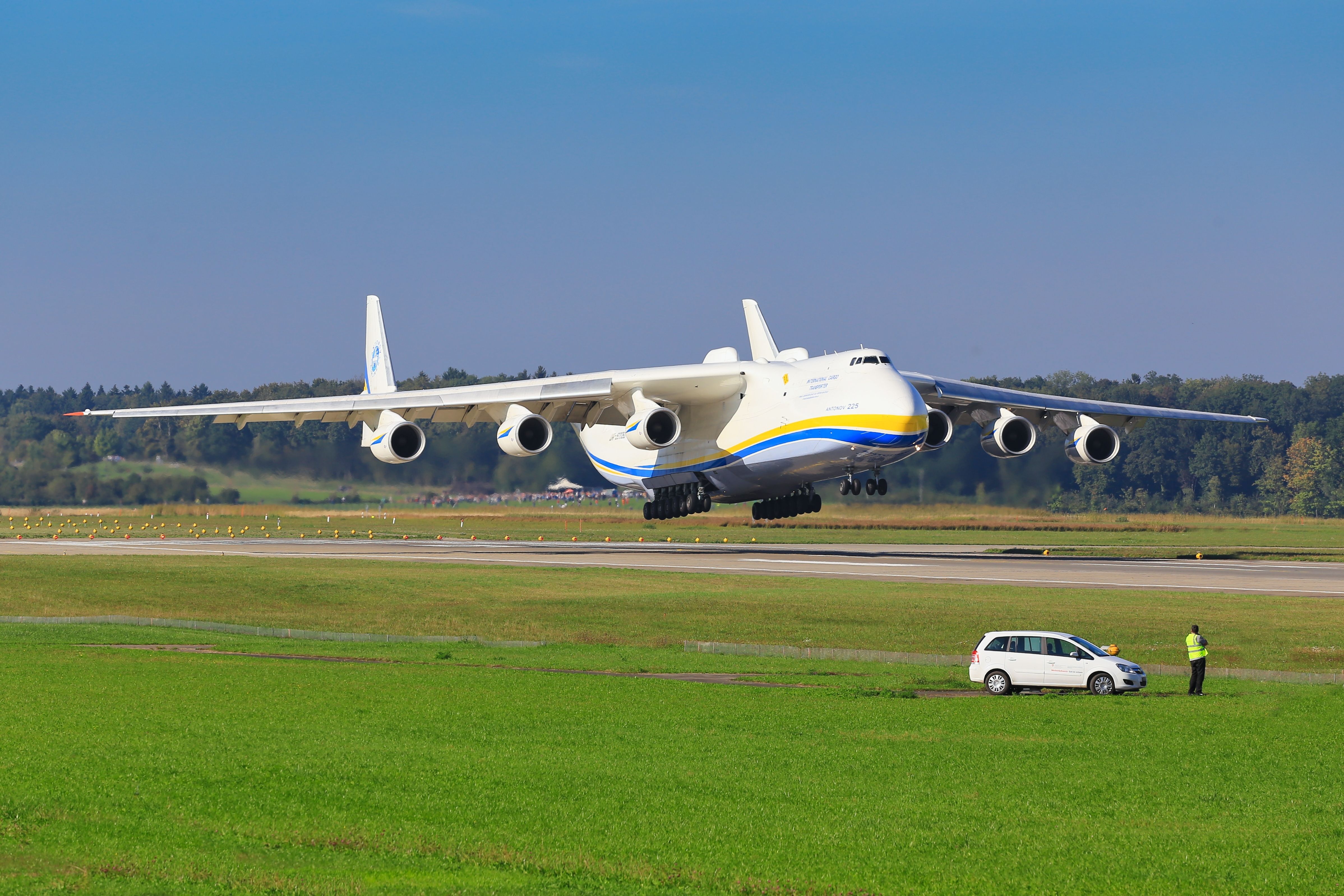
Related
Did You Know The World’s Biggest Plane Set 123 Other Records?
The Antonov An-225 was a world-beater in more ways than just its sheer size.
Antonov transports as crude bombers
As another sign of the Sudanese Air Force’s state, Antonov transport aircraft built in the Ukrainian SSR have been converted into makeshift bombers to strike the Rapid Support Force. According to Military Africa, the Sudanese Air Force has a fleet of 6x An-12s, 2x An-26s, and 8x An-30s (it is unclear if these are prewar figures).
|
Sudan Antonov transports |
Quantity |
Type |
|---|---|---|
|
Antonov An-12 |
6 |
4x engine turboprop military transport |
|
Antonov An-26 |
2 |
2x engine turboprop military transport |
|
Antonov An-30 |
8 |
2x engine turboprop military transport |
While these aircraft were built as medium transports, they can be modified to carry bombs. Bombs can be mounted on the aircraft wings – although this makes them slower, less maneuverable, and more vulnerable to anti-aircraft fire.
“According to sources, the Sudanese Air Force has installed a removable roller conveyor on the guide rails in the cargo bay of some of these aircraft. The conveyor can fit four 500-pound bombs, which are rolled out of the cargo hatch when the aircraft flies over the target area. The bombs are unguided and have a high margin of error, making them indiscriminate and illegal under international law.” – Military Africa
Photo: Media_works l Shutterstock
The use of transport as bombers is nothing new, and the Soviets designed them with a secondary bombing function in mind. This is not the first time Sudan has used its Antonov transports as bombers – it infamously used them in that capacity during the war in Darfur in 2003.

